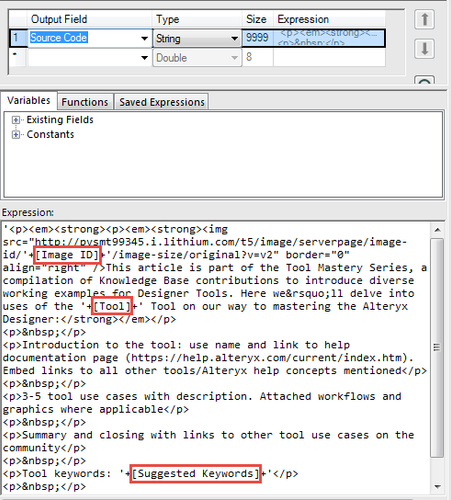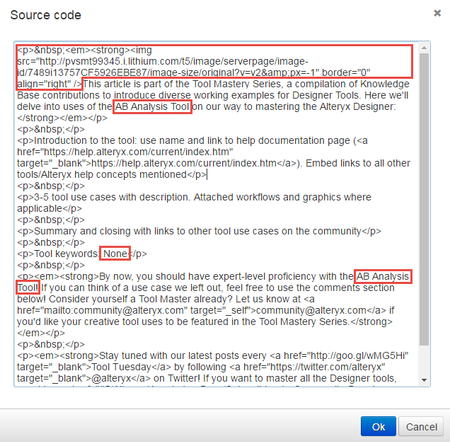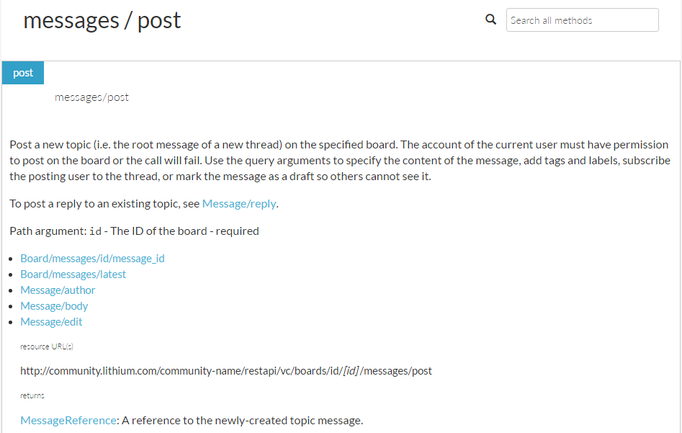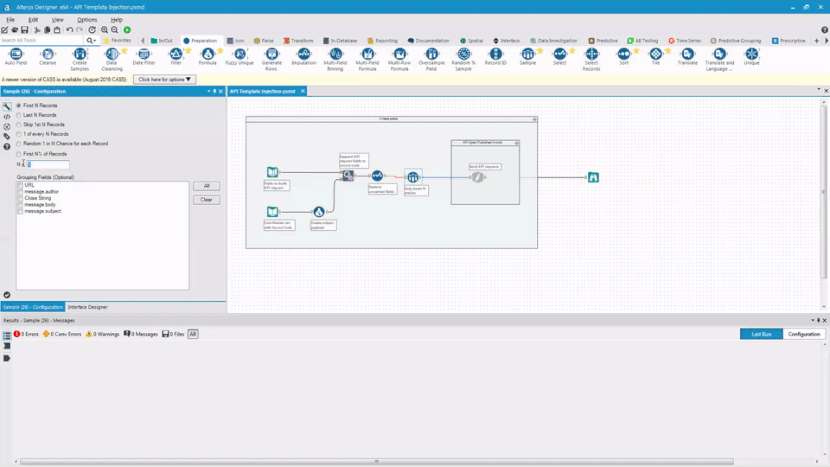Engine Works
Under the hood of Alteryx: tips, tricks and how-tos.- Community
- :
- Community
- :
- Learn
- :
- Blogs
- :
- Engine Works
- :
- Behind the Scenes of the Tool Mastery Series: Comm...
- Subscribe to RSS Feed
- Mark as New
- Mark as Read
- Bookmark
- Subscribe
- Printer Friendly Page
- Notify Moderator


Just like that, the Tool Master was born
The Tool Masters amongst us have begun to emerge from their isolation to champion the series, spraying the Alteryx Knowledge Base with both brilliance and flying round house kicks (see above). Needless to say, we quickly realized that working in proximity to such raw power was dangerous, and we needed a more formalized process to help channel the dynamism of our expert users.
We eventually wagered that the easiest way to allow these users to contribute would be to dedicate a space (Knowledge Base) in the Community specifically for the Tool Masters to refine their ideas. We were also hopeful we could use this new space to minimize any redundancies that stem from creating templated articles by inserting the customized templates for each tool. Afterall, these users were lending us their great expertise for each use case, and they shouldn’t have to spend any more time on formatting nuances than they have to. Although we had already determined the templated format to help keep the message of the series consistent, creating over 200 of these (one for each tool) seemed like a lot of work. So, we did what anyone who doesn’t like repetitive work would do…
We used Alteryx
Each of the tool templates (above – see the dynamic excerpts in red) that we needed had HTML source code that introduced formatting (added hyperlinks, picture insertion and alignment, font specification, etc.) to the article when posted to the Community. We discovered we could use this source code to recreate the entirety of the article template, including formatting, without having to open a single editor instance:
In order to do this for each tool, we identified in that source code the few parts that needed to be updated respective to each tool article, and used Alteryx to build hundreds of HTML source code strings from a simple Excel spreadsheet of the tools to be included in the series:

At this stage we had all the article templates we would need for the series, we only needed to insert them into the Community. With all the articles already “created” in source code, copying and pasting each into the Community didn’t seem like too much trouble considering the effort we had just saved with Alteryx.
Enter the Lithium Community API
To be totally honest we could have completed the source code generating step above with an Excel formula without any added effort. We used Alteryx because of its unique ability to automate API requests (also see our no-coding approach) by leveraging the Download Tool to fire off a request to an API of your choice with each row of data that is input. Having our source code for each article already allocated to a row of data in the above, we only needed to use the Lithium API to insert the articles (please note that you’ll need a Lithium account to view their developer documentation):
Essentially, the developer documentation revealed to us that we could do exactly that with a series of relatively simple POST requests to the provided resource URL (updated specific to our Community and board) with a payload that included the article author, subject, and body (our source code from the step prior). In Alteryx, this translated to (attached in the v10.6 workflow, API Template Injection – please note that the workflow will not run due to redacted authentication credentials):
The fairly modest workflow above saved us countless hours of editing required to insert each article by hand:
What’s more, though, is that it proved to us that Alteryx could be used to automate all types of Community actions, only limited by the API methods of your Community vendor. For example, the Lithium API has requests to create/modify/delete entire boards or individual posts on them, for adding kudos, tags, and stars to posts, that obtain community metrics, even for creating users and managing their permissions, settings, badges, and information - among many others. Even if some methods aren’t explicitly provided, a little creativity can help for a good work around. While the Lithium API won’t allow you to move articles from one board to another, you could use the API to query a board of posts, keeping their subject, bodies, or even replies, and re-post them to another board before deletion. You could even query for the kudos metrics on the individual posts and use their method to redistribute them to the new posts that you “moved.” The possibilities are near endless.
With the ability to automate areas of Community moderation, Community admins and content specialists have a real opportunity to reclaim significant time and resources back from their day to day operations. Getting that time back allows for more focus on the reasons behind any Community: driving collaboration and cultivating valuable content to add to the user experience. In the Alteryx Community, you can count on us doing both. For now, we’re proud to announce our most recent push at facilitating that collaboration and generating great content through our Tool Mastery Series. Dive on in!
You must be a registered user to add a comment. If you've already registered, sign in. Otherwise, register and sign in.






